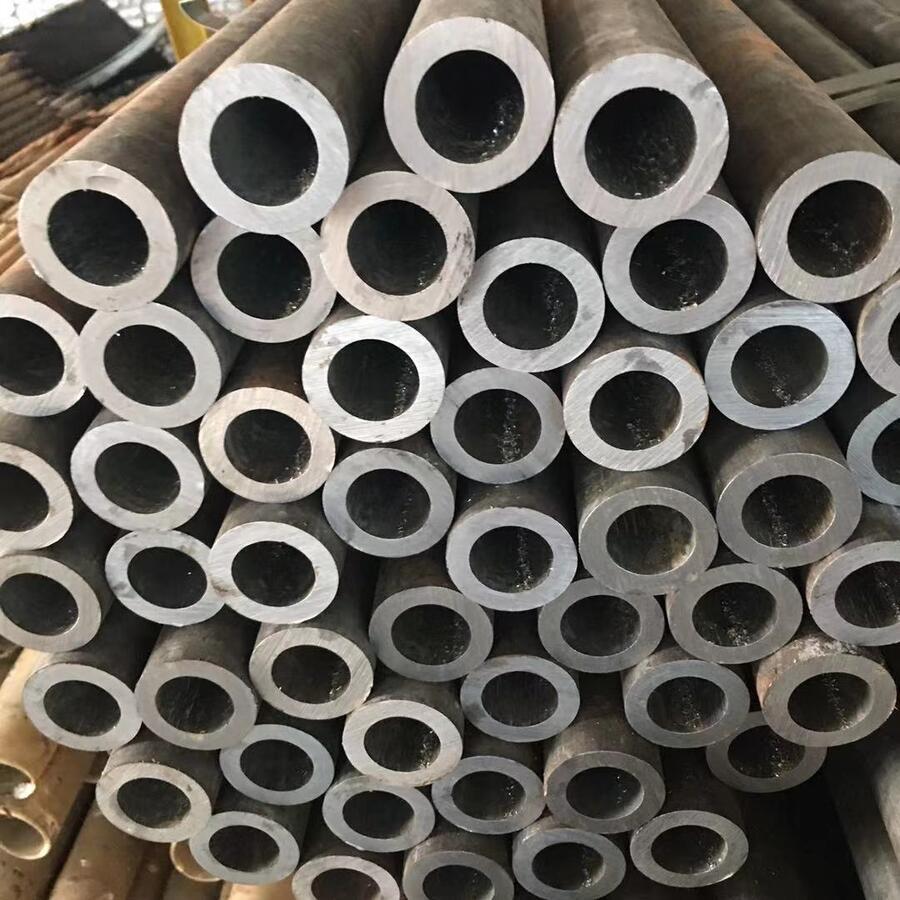Le steel re-rolling mill represents one of the most efficient metal recycling technologies in modern metallurgy. These specialized facilities reprocess scrap steel or semi-finished steel products into high-quality finished products like bars, tiges, angles, et chaînes. Unlike primary steel production, re-rolling mills operate at significantly lower temperatures (typically 1100-1250°C), conserving energy while maintaining material integrity through precision thermomechanical processing.
The Re-Rolling Process: From Scrap to Structural Elements
Moderne steel re-rolling operations begin with carefully sorted scrap steel that undergoes rigorous quality inspection. The material then progresses through several critical stages:
1. Billet Preparation: Scrap steel is melted in energy-efficient induction furnaces (comme ceux de HANI Metallurgy) and cast into standardized billets measuring 100x100mm to 130x130mm with lengths of 6-12 mètres.
2. Reheating Technology: Billets enter pusher-type or walking beam furnaces where they’re uniformly heated to rolling temperatures. Advanced mills incorporate regenerative burner technology to reduce fuel consumption by up to 30% par rapport aux systèmes conventionnels.
3. Precision Rolling: The heated billets pass through a series of precisely calibrated roll stands. Initial breakdown passes through roughing mills reduce cross-sectional area, followed by intermediate and finishing stands that achieve final dimensions with tolerances as tight as ±0.1mm.
Technical Parameters of Modern Re-Rolling Mills
High-performance steel re-rolling equipment requires meticulous engineering across all components. The following table details critical specifications for medium-capacity re-rolling mills:
| Paramètre | Moulin à ébourignage | Moulin intermédiaire | Moulin à finition | Refroidissement |
|---|---|---|---|---|
| Diamètre du rouleau | 450-650mm | 350-450mm | 250-350mm | N / A |
| Matériau du rouleau | Adamite Steel | Chilled Cast Iron | Carbide-Enhanced | N / A |
| Vitesse de roulement | 0.5-1.5 MS | 2.5-5.0 MS | 8-18 MS | 0.25-0.5 MS |
| Pass Reduction | 25-35% | 15-25% | 5-15% | N / A |
| Plage de température | 1100-1200°C | 1000-1100°C | 850-950°C | Ambient-600°C |
| Puissance du moteur | 800-1500 kW | 600-1200 kW | 1000-2000 kW | 75-150 kW |
| Capacité annuelle | 150,000-350,000 tonnes | N / A | ||
| Tolerance Standards | ASTM A615, BS 4449, IS 1786 | N / A | ||
| Type d'usine | Horizontal/Vertical | Continuous | Turbo Twin | Walking Beam |
| Cooling Requirements | Spray: 50 m³/hr | Spray: 75 m³/hr | Laminar: 150 m³/hr | Air: 20,000 CFM |
Critical Components for Mill Performance
Leading manufacturers like HANI TECH emphasize several vital subsystems in re-rolling mill design:
Stands à roulettes: Modern designs incorporate pre-stressed housing for vibration reduction and quick-change cassette systems that minimize downtime during roll changes. HANI’s stand designs reduce roll deflection by up to 40% compared to conventional housings.
Automation Systems: Advanced PLC controls with adaptive gauge systems continuously monitor dimensions using laser sensors and infrared pyrometers. These systems automatically adjust roll gaps and speeds to maintain tolerances within 0.15% of target dimensions.
Cooling Technology: Precision temperature management determines final metallurgical properties. State-of-the-art re-rolling facilities employ controlled cooling beds with variable-speed fans and water mist systems that regulate cooling rates between 3-15°C/second depending on steel grade requirements.
Efficiency Innovations in Re-Rolling Technology
The latest steel re-rolling mill advancements focus on sustainability and cost reduction:
Récupération de chaleur résiduelle: Modern mills capture exhaust gases from reheating furnaces (up to 450°C) to generate steam for power generation or preheat combustion air. This technology reduces natural gas consumption by 18-22% according to HANI Metallurgy case studies.
Direct Rolling Technology: Eliminating the reheating furnace entirely, some mills now integrate continuous casting with inline rolling. This approach saves approximately 1.2-1.5 million BTU per ton of steel produced.
Systèmes de maintenance prédictive: Vibration analysis sensors and thermal imaging cameras monitor critical components like gearboxes and bearings. These systems can predict failures 200-400 operating hours in advance, reducing unplanned downtime by up to 70%.
Quality Control in Re-Rolling Operations
Moderne re-rolling mills implement rigorous quality protocols:
1. Automated Ultrasonic Testing: Continuous scanning for internal defects during rolling
2. Eddy Current Inspection: Surface flaw detection at production speeds up to 18 MS
3. Mechanical Property Verification: Automated tensile testing with results integrated into QA systems
4. Metallographic Analysis: Daily sampling for decarburization measurement and grain structure evaluation
These protocols ensure finished products meet international standards including ASTM, DEPUIS, and JIS specifications for construction applications.
Future Trends in Re-Rolling Technology
La prochaine génération de steel re-rolling equipment focuses on several key developments:
AI-Optimized Rolling: Machine learning algorithms that analyze historical data to optimize pass schedules and temperature profiles in real-time, reducing energy consumption by an additional 8-12%.
Hydrogen-Ready Furnaces: New burner designs capable of operating on hydrogen-natural gas blends, potentially reducing CO₂ emissions by 40-60% compared to conventional reheating systems.
Inline Heat Treatment: Integrated quenching and self-tempering systems that produce thermo-mechanically treated (TMT) bars without additional processing steps.
As global construction demands increase, le steel re-rolling mill sector continues to innovate, balancing economic efficiency with environmental responsibility. Properly maintained re-rolling equipment can achieve remarkable production efficiencies, transforming scrap into valuable construction materials while conserving up to 74% of the energy required for primary steel production.




